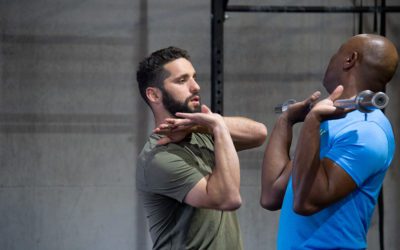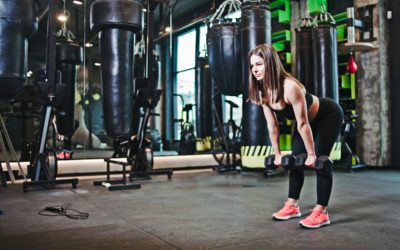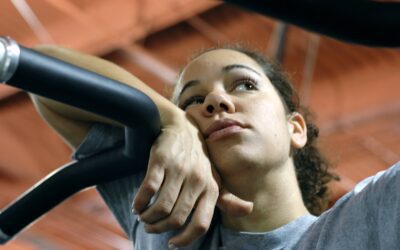What’s a Reverse Hyper & Why Should You Do Them?
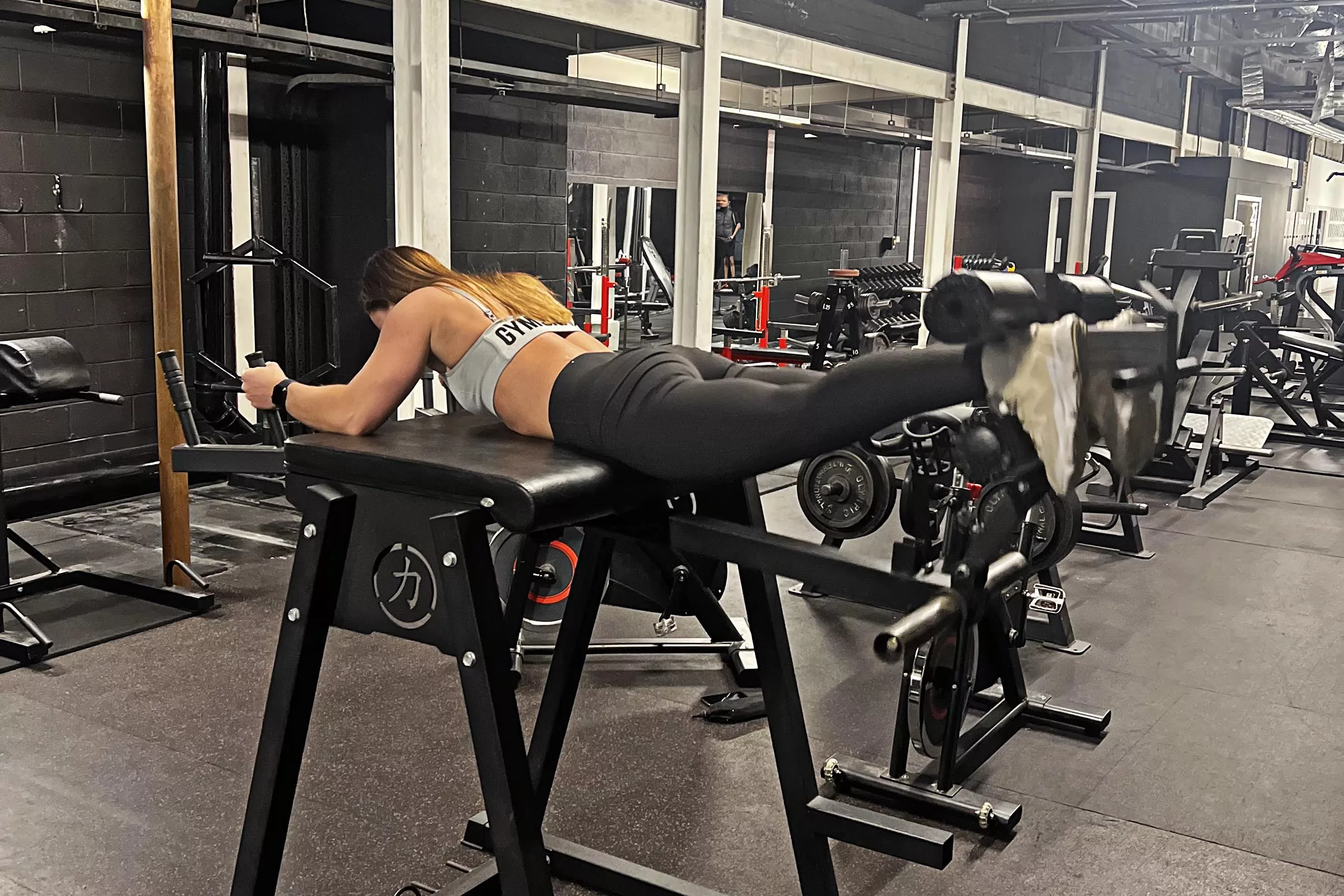
Have you seen people on that weird machine, kicking back with both legs like some kind of superhero donkey?? The reverse hyperextension is actually an extremely useful movement for building posterior chain strength, and it pays to understand it.
Fred Ormerod is a strength and conditioning coach, an army reserve medic, a nurse, and a master’s student working out of one of Edinburgh’s leading training facilities. He’s worked with athletes at all levels, from first-year amateurs to national champions. Read on to learn all about the reverse hyper, including how to do it without a machine!
Fred Ormerod




Change the Way You Train
The Reverse Hyper: Crazy-Looking, Crazy Good
Reverse hyperextensions are often underutilized by even competitive athletes. They’re not a popular/common exercise and the dust on the reverse hyper machine is testament to that. It’s awkward and weird to watch, and probably not the most comfortable position for some people.
So, a lot of reverse hyper machines become jacket hangers and tables for water bottles and phones.
But clearly it’s not a useless movement, or the machine wouldn’t have been invented by the badass coaches at Westside Barbell. In fact, if you want a unique movement to add to your rotation of lunges, hip thrusts, and other glute training methods, the reverse hyper is where it’s at.
Why Are Reverse Hypers So Useful?
They Develop Strong Glutes & Low Back…
Reverse hyperextensions are used to load the spine without axially loading it (like with a good morning). We can get a tremendous range of motion and muscle activation through your lumbar back muscles, glutes and hamstrings, which ultimately improves the condition of the entire posterior chain.
Reverse hypers particularly generate a strong glute activation — building them into your glute training program is recommended by many major S&C coaches. Not least because there are few exercises with a straight leg (and therefore greater moment arm) that allow for such a wide range of motion at the hips with the potential for heavy load.
One interesting study found that open chain/straight leg movements such as the reverse hyperextension increase glute activation as much as 19.5%, as well as hamstring activation by 27.9% when compared to closed-chain exercises such as the RDL.
…Which Helps Prevent Injuries
I frequently use reverse hyperextensions with athletes that I’m expecting to take on large, high-volume loads through their lower back. This might include soldiers who are marching long distances or runners who will inevitably start rotating and tilting their hips more during long runs. Most are athletes who want to squat deeper than 90° (parallel), like Olympic lifters or Crossfitters. These athletes are often at risk of posterior pelvic tilt, aka “butt wink” and lower back or glute injuries.
Progressively increasing the load intensity and volume on reverse hypers builds robustness in the tendons of their lower backs through a wide range of motion. This matters because no matter how many times we cue a strong brace, proper hip angle, or glute activation, at some point they will stand up out of a squat with excessive anterior or posterior pelvic tilt. This puts the muscles and tendons of the lower back under stress, so it helps to bulletproof the back body as much as possible.
This improvement in elastic absorption and fast twitch fibers in the hips and lower back is useful for runners, team sports, martial artists (especially those who kick) and a ton of other sport types. By stabilizing the hips and glutes, you can increase your ability to apply force to the ground when running, which makes you faster, more dynamic, and less likely to tweak something.
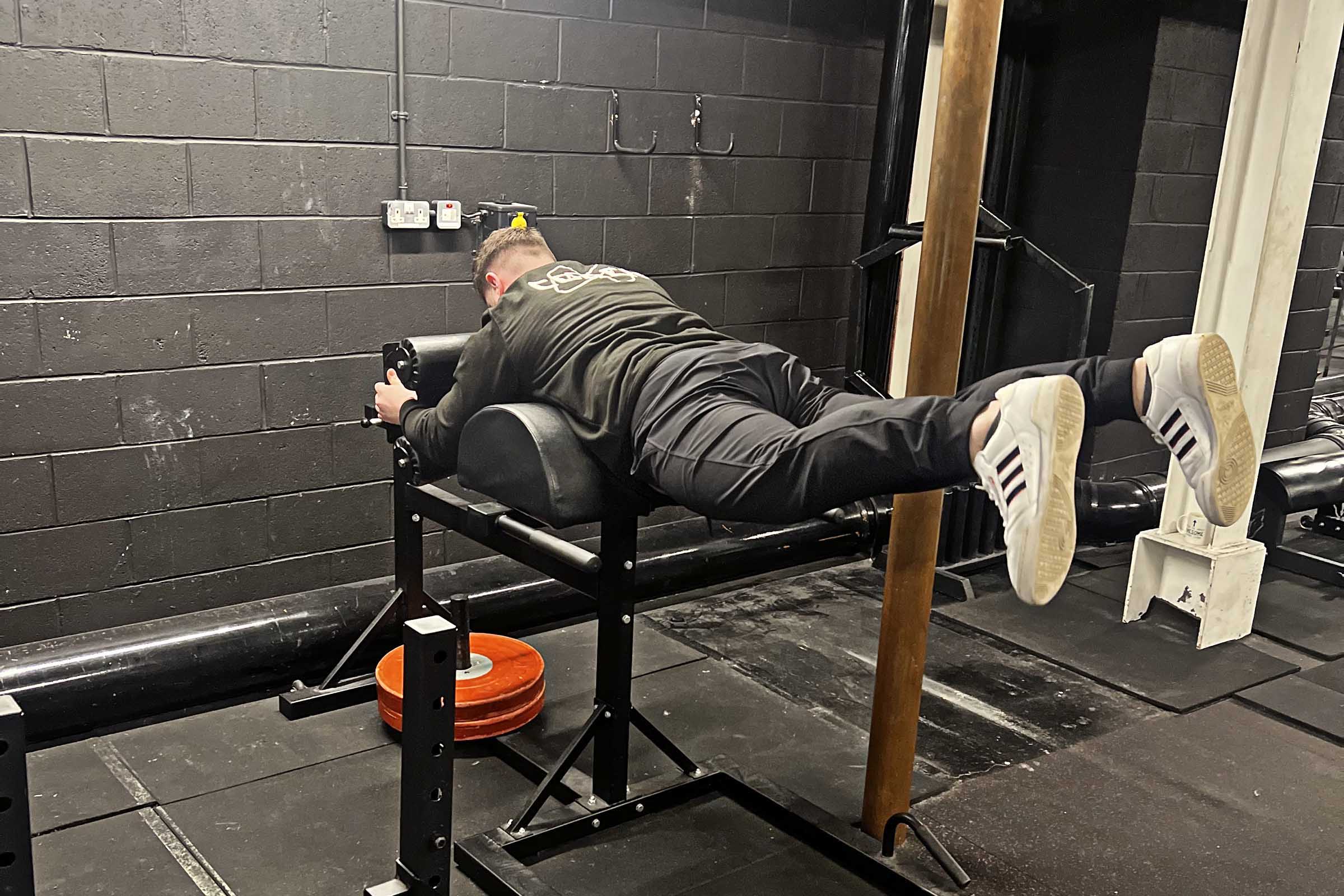

How to Do Reverse Hypers
There are two ways I suggest doing reverse hyperextensions on the reverse hyper machine.
Controlled Tempo
Breathe in, brace your core and extend your legs back. To activate your glutes more, turn your toes out, otherwise drive upwards through your heels. Squeeze at the top and return to start slowly and under control.
Fast & Full ROM
My favorite for building greater tolerance in lower back muscles and tendons — it’s the same as doing plyometric drills for your ankles, knees and hips.
Swing your legs back and up as far as you can, then let the weight swing forward as far as possible, rounding/tucking your back under as you do. Swing back up into full hyperextension of the lower back and glutes.
The intended posterior pelvic tilt at the bottom causes a stretch in the lower back (under minimum effective load) which is great for undoing the damage any sedentary lifestyle choices might have.
This method is also great for building up a tolerance for “butt wink” in squats, since lower back tendons can tolerate greater volumes of stretch under tension with undesired pelvic tilt.
Variations Without a Machine
- Supermen
- Good mornings
- RDL
- Kettlebell swings
- GHD razors/extensions
If you don’t have access to a reverse hyper machine, you can also perform the movement on a GHD or over a bench set up like this:
1. Position the bench at about a 45° angle. Adjust the angle based on your height and what feels comfortable.
2. Lie with your torso on the bench so that your pelvis is supported but your hips and thighs hang off the back. Grip the side of the bench to keep your torso stable.
3. Keeping your knees straight, raise your legs by extending your hips and contracting your glutes. Return to the start position under control. Get creative by adding bands or ankle weights if you have them!
Programming Reverse Hypers
I like to include reverse hypers into my athletes’ programs twice a week or so. More than that isn’t necessary if you’re already getting reasonable loads through your back and glutes from other areas of training.
One session should aim for roughly 50% of bodyweight load to encourage greater ROM under tension. Opt for the second method of form with greater ballistic movement and less control over the tempo.
The other session should work with slower reps at around 70-100% of body weight. Gradually build up to these targets if you haven’t trained that kind of intensity before.
Work in between 2-4 sets of 10-20 reps. The coaches at Westside Barbell might include sets of up to 200 reps, but we usually have other things to do with our day beside reverse hypers.
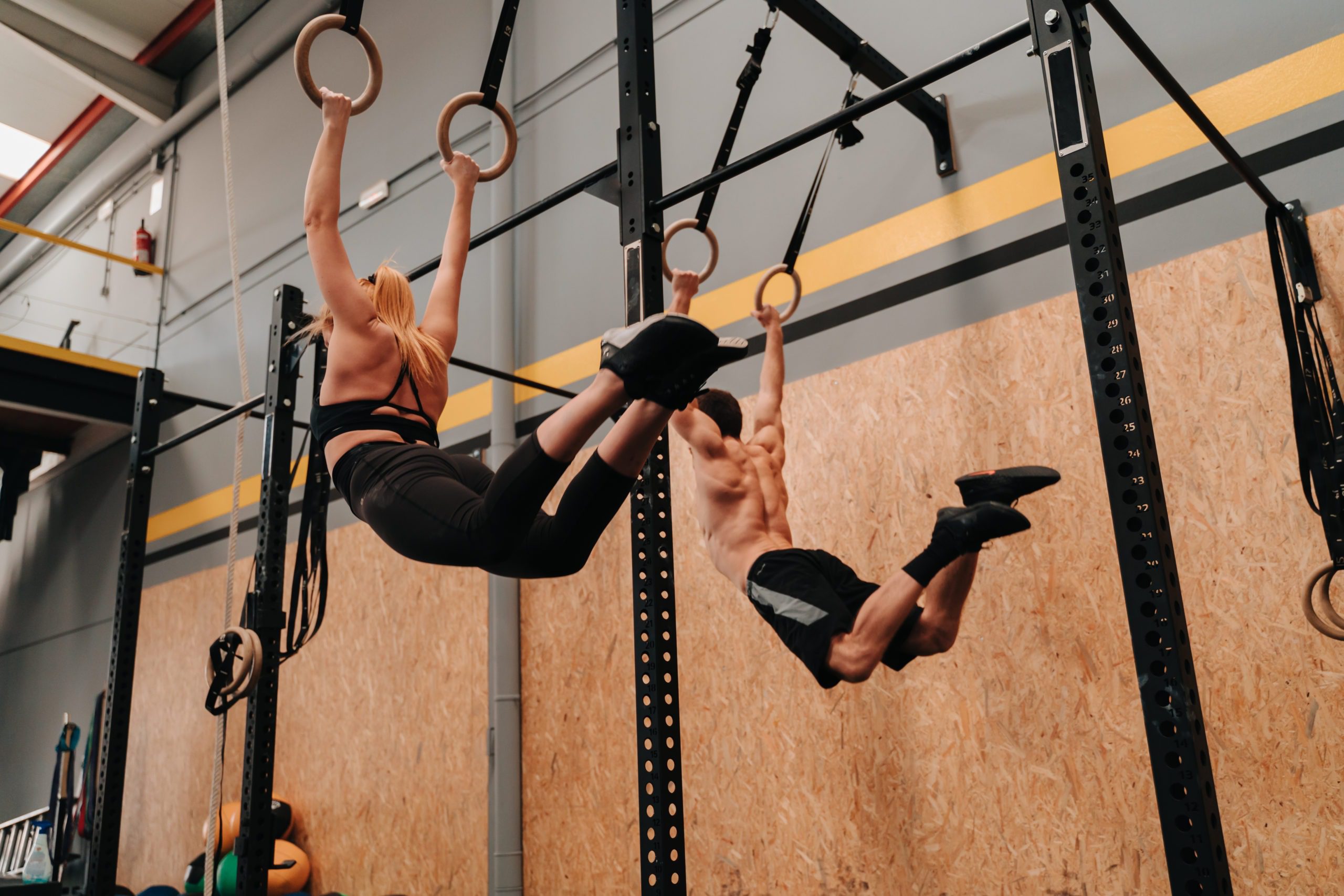

Want Training Tips, Exercise Guides & Knowledge Bombs Sent to Your Inbox?
Sign up for the FitNerd newsletter from TrainHeroic
Related articles
6 Practical Tips for New S&C Coaches
You’ve got the degree, passed the certs — you're ready to do the job. Your real coaching journey is just beginning. Success isn’t just about knowing the science, it’s about growing as a leader, communicator, and lifelong learner. Here are six tips to help you navigate...
A Guide to Romanian Deadlifts, King of Glute Exercises
Glute gains are one of the hottest subjects in fitness. Hip thrusts, banded squats, clamshells, monster walks — the assortment of glute exercises is all over the place these days. Want to simplify your glute training with just one dominant movement? RDLs are where...
Building Motivation: Strategies for Athletes & Coaches to Stay Inspired
How do you get your athletes (or yourself) to keep showing up to training consistently? Motivation drives every great athlete, but it doesn’t happen by chance. Whether you’re pushing yourself or coaching others, lasting motivation is the key to progress. Here’s how to...


Join the community
Sign up for the latest training news and updates from TrainHeroic


About TrainHeroic
Made with love, sweat, protein isolate and hard work in Denver, CO
© 2023 TrainHeroic, Inc. All rights reserved.

